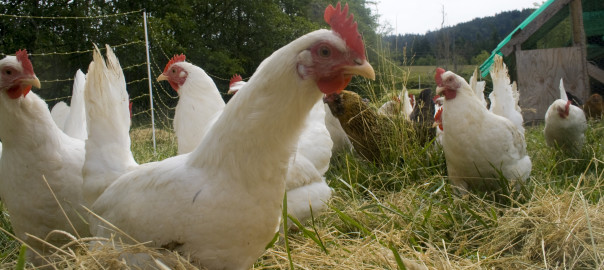A business in the livestock feed sector is a cool option nowadays. With the entire hullabaloo on farming and related businesses, the startup of poultry feed mill is sure to bring profits. If you are someone who is seriously interested in this sector, you may get huge returns on your investment. If you look around and notice a poultry and cattle feed plant, there are many similarities between the structuring of the both. However, following a cattle feed blindly won’t be of much help.
Poultry feed plant or mill manufactures food for domesticated birds, which are reared for meat and eggs. To enable a fresher to get a complete concept about the do’s of taking an inception to the real level, we are providing a comprehensive list below:
nbsp;
Undertaking a Research Based Study:
Before establishing any business one needs to have an outline in mind, about the industry and products. It is also essential to develop the brief outline to an elaborate study through extensive research. Remember that a true quest can only take you to the destination. You need to know about the feasibility before owning and operating a plant. We all know that food for birds differ a hell lot from what weHomo sapiens eat. So you have to have a clear picture of the market and its dynamic structure. Also the implications of the investments that you are about to make should be indispensably understood.
Getting Adequatelyand Really Trained:
Acquiring proper skills is one of the major requisites before entering into any venture. Since, fowls belong to a different specie altogether, their nutritional requirements are not something everyone would be interested in knowing, until and unless they have something to do with them, either a commercial or pet business. Since we are on a mission to fulfill the former purpose, you ought to go through some kind of educational exercise to deal with their feed. This is needed both in case of a poultry and cattle feed plant. It would be more beneficial if you train under an experienced farmer or handler or manufacturer, which can give a feel of practicality, rather than classroom theories.
Making a Blueprint of the Operations:
Do not just live in your whims and fantasies. Realise that any startup has more chances of being successful, if a framework of policies, strategies regarding execution and backup for setbacks, is designed beforehand. These can guide you through the various phases of the business operations and ensure smooth business activities. The formulations should be real and solid enough to thrive in the modern commercial world and should not be influenced by vagary.

Poultry & Cattle Feed Mill
Acquiring the Necessary Licenses:
The next sensible step is to get your business registered with the government authorities. It is possible that you might have to move a little beyond your shell of comfort, to get through the complicated processes. But once you get the tangible permits in your hand, the efforts seem worth taking. Legalities save you from various unwanted situations in case you want to sue someone in the court of law or someone sues you for something. Also being a legal entity creates a positive image in the minds of buyers and creditors, as well as, in case of affairs with the financial institutions.
Procuring the Suitable Resources:
Zeroing into a secured location and getting the necessary equipment are the obvious next steps that should to taken after the paperwork. The proximity of the mill near the poultry farms influences the gains related to it. The land and establishment leased or bought should be spacious enough to accommodate the machinery and raw materials, semi-finished and finished goods. To compete and get an edge over others, install machines which are equipped with modern technology, if you budget permits. This would make the manufacturing process fast, easy and profitable.
Focus on Packaging and Branding:
An innovative packing of the finished goods definitely makes your brand noticed in the market. Most of the poultry feed manufacturers do not pay attention to the outer appearance and its value. Conceptualise an appealing packaging of your products with the composition of feed listed and a tidy label of your brand portrayed clearly. You cannot afford to turn a blind eye to the importance of branding in this present age of glamourized commercialisation.

